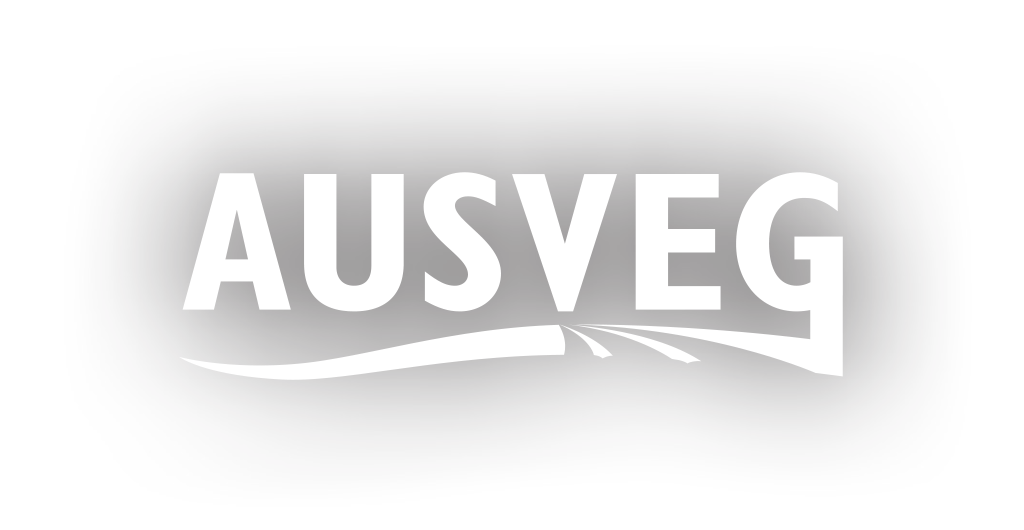Australia’s foodborne illness reduction strategy now available online
The Food Regulation website is a valuable central location for information about the activities and processes in the joint Australia and New Zealand food regulation system.
It has recently been updated to include some recently finalised documents that look at food safety regulations in Australia, as well as other food regulations like fast food menu labelling and the revised policy guidelines on nutrition, health and related claims.
These documents include Australia’s Foodborne Illness Reduction Strategy 2018-2021+, which has a particular focus on foodborne illnesses related to Campylobacter and Salmonella.
The strategy looks to improve food safety culture in the sectors it considers most at risk for these issues – including food service, horticulture, eggs and poultry.
Given its relevance to our sector, we’ve excerpted some of the document’s discussion of food safety risks in Australian horticulture:
The potential for pathogens to survive or grow in horticulture products is enhanced by their high moisture and nutrient content and the absence of a lethal process to eliminate pathogens in many products. […] The Codex Alimentarius Code of Hygienic Practice for Fresh Fruits and Vegetables turns specific attention to: ready-to-eat fresh pre-cut fruits and vegetables; sprouts; fresh leafy vegetables; melons; berries.
Managing pathogens in these products requires the control of food safety risks in horticultural supply chains. The Food Regulation Standing Committee is consulting with industry on fresh produce food safety management. The information gathered from these discussions is informing contemporary policy advice to ensure effective systems, interventions and partnerships are in place, and are maintained, to prevent and respond to foodborne illness involving fresh produce.
AUSVEG is part of these discussions, and is helping to identify where resources and policy advice can best be targeted to engage with industry. In the consultation stage during the strategy’s development, we emphasised the need to use industry research and make use of industry food safety programs (like Freshcare), and suggested looking into ways to support anonymous reporting of food safety issues.
You can take a look at the full strategy on the Food Regulation website.
If you’re interested, you can also read the recently revised Policy Guideline on Nutrition, Health and Related Claims, or learn more about the review of fast food menu labelling schemes.
This post appeared in the AUSVEG Weekly Update published 7 August 2018. Subscribe to the Update using our online form to receive the latest industry news in your inbox every week!

